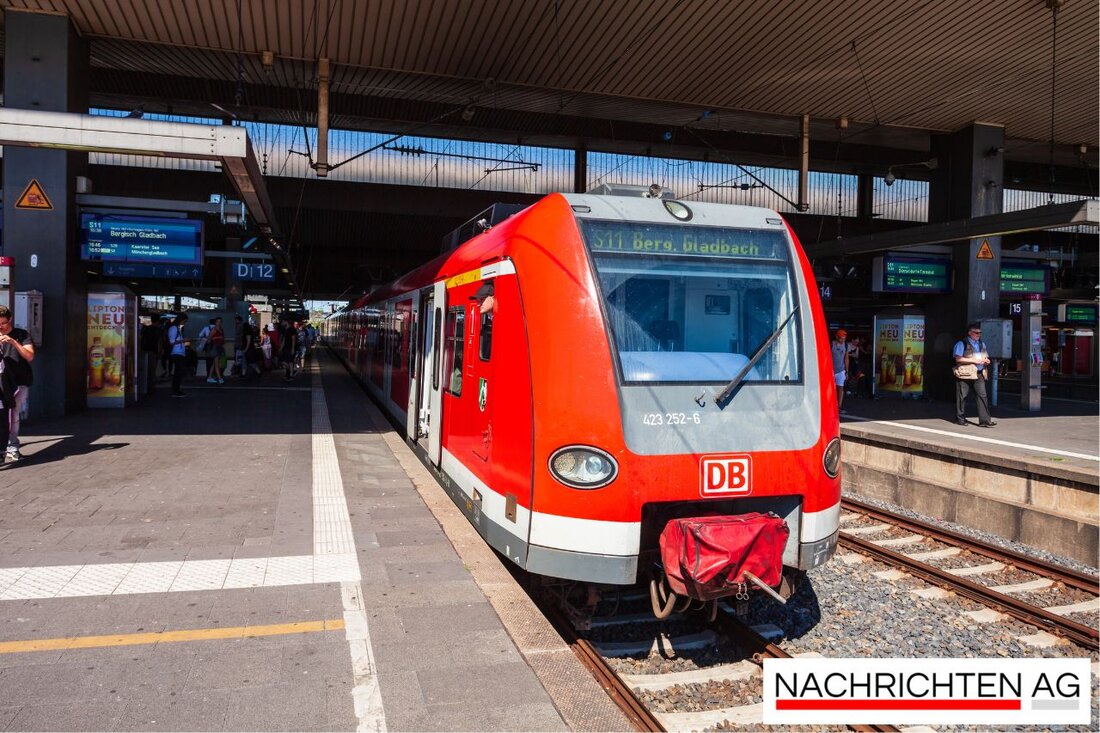100 years of Niehler Hafen: A big celebration for the Cologne family!
The Niehler Hafen in Cologne celebrates on the 30th/31st. August 2025 marks its 100th anniversary with a large family festival and historical exhibitions.

100 years of Niehler Hafen: A big celebration for the Cologne family!
The Niehler Hafen in Cologne is celebrating its 100th anniversary this year. A big festival, which will take place on August 30th and 31st, will accompany the celebrations. Mayor Konrad Adenauer pushed forward the planning and construction of this port in the 1920s. He was convinced that the port would complement the existing transshipment points in Rheinauhafen and Deutz, which turned out to be a real stroke of luck. For the citizens of Cologne, the prospect of new jobs and tax revenue was crucial, despite initial skeptical voices due to the high construction costs. On December 5, 1912, the city council finally passed the resolution to build the port.
The port administration presented a cost plan as early as 1900, which the citizens probably only noticed at the time without any immediate action being taken. And so it happened that the First World War interrupted the construction work and it was not resumed until 1920. In 1922 the decision was made to build the northern industrial site and the harbor, while in 1925 the first harbor basin was finally put into operation. In 1926 the port was already able to boast more than 50% of total throughput, mainly through hard coal.
Historical developments and challenges
There have been various challenges for the Niehler harbor over the years. In 1931, the Ford works located in the port, a further step towards industrial use. The Second World War then brought another break before transshipment could resume in 1945. According to the Rundschau online, four out of five cranes were operational after the war, which was beneficial to the revitalization of the port.
At the end of the 1950s, larger-scale expansion took place, initially hesitantly, but with increasing speed. The container bridge was also added at a later date, and in 1992 Häfen und Güterverkehr Köln AG (HGK) was founded to further advance development. Today Cologne is the German metropolis on the Rhine and is home to the Niehler Hafen, the second largest inland port in Germany.
A melting pot of history and future
Niehler Hafen is not only an important infrastructure project, but also a place full of history. The use of the Rhine side should continue to be made transparent through a comprehensive recreational area concept, as the City of Cologne emphasizes. As part of this redesign, the port's historical roots will also be honored. Historic trains and a picture exhibition on the history of the port will be part of the planned festival program.
The Rhine itself has shaped the wealth and influence of the city of Cologne over the centuries. The Romans founded a city on this important river, and the stacking privilege of 1259 ensured prosperity. Over the years, Cologne has had to face new challenges again and again, but the port has proven its importance right from the start, as the [Friends of the Historical Archives](https://www.freunde-des-historian-archivs.de/6334-2/ exhibitions/einflussreich-koeln-und-seine-haefen/) summarize.
The upcoming anniversary celebration not only reflects on history, but also looks into the future. Niehler Hafen remains an important part of Cologne's economy and cultural life, a place that honors its roots while breaking new ground.

 Suche
Suche
 Mein Konto
Mein Konto